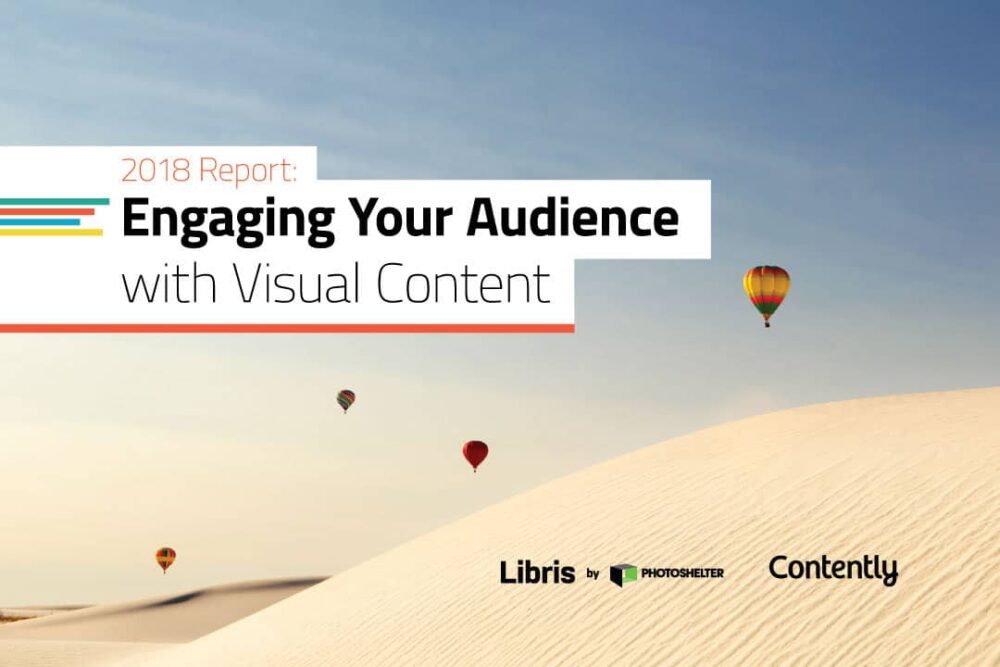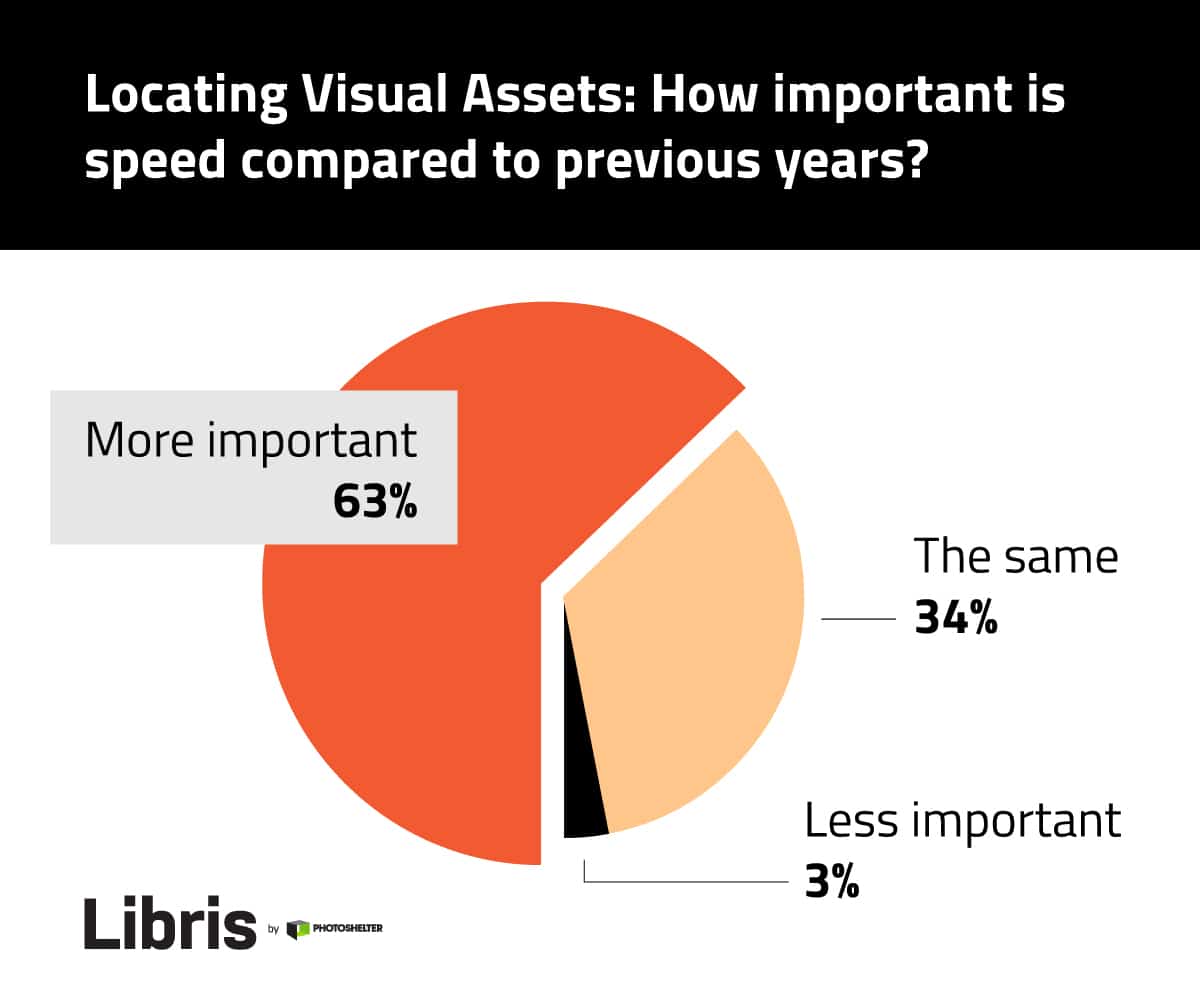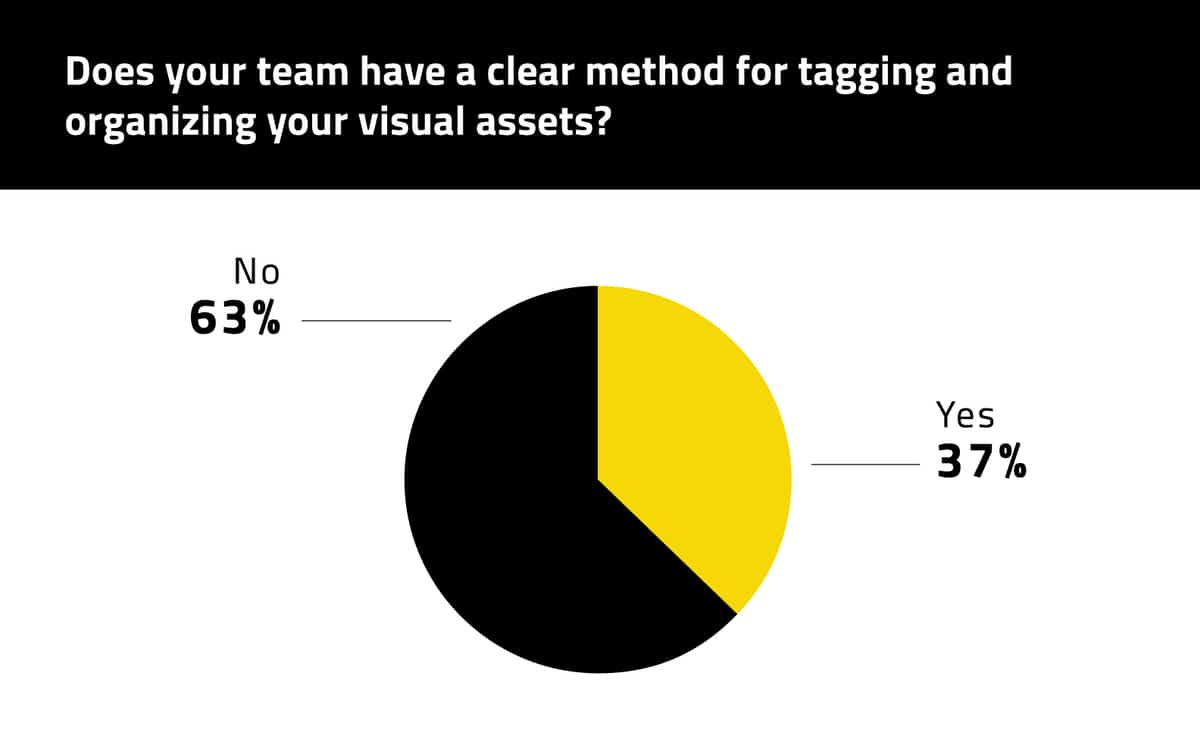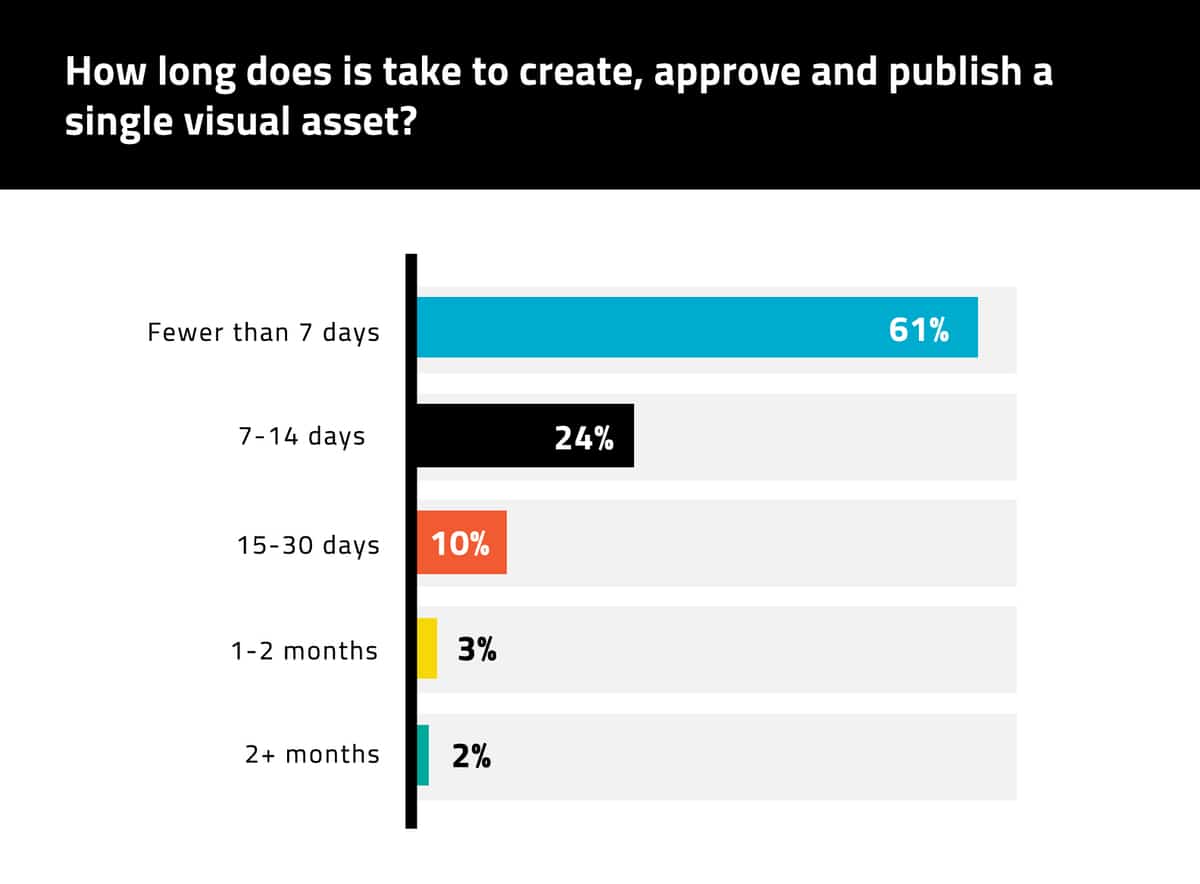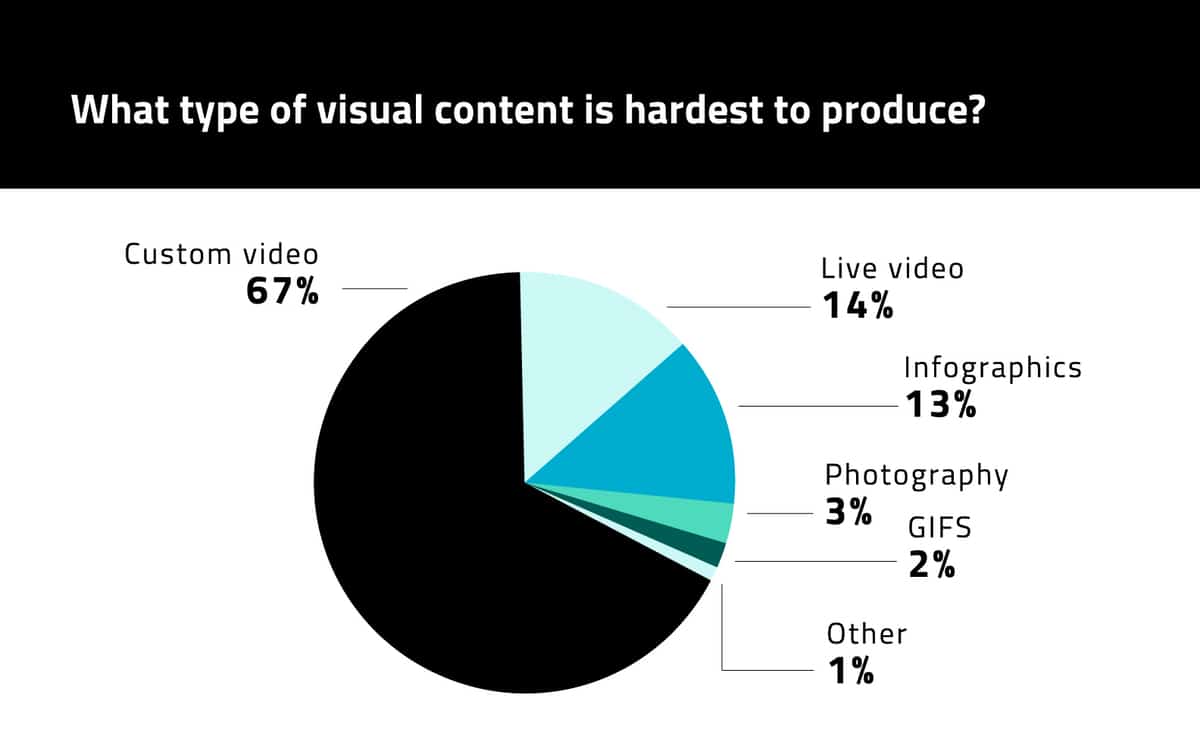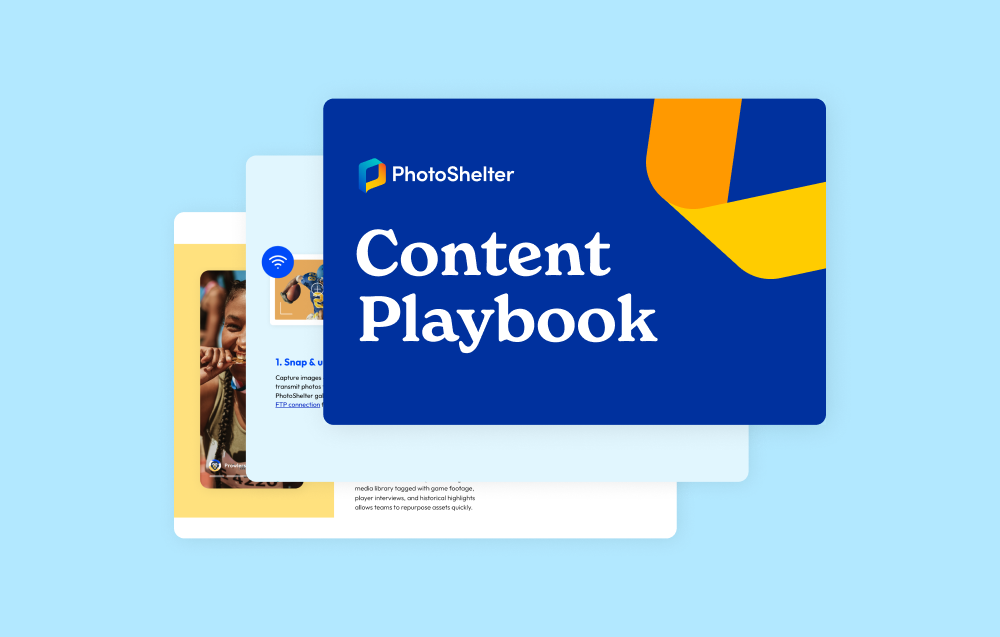Communicating visually is one of the best ways for a brand to engage and connect with its audience. As a result, the demand for eye-catching visual content is increasingly on the rise.
So how do marketing and creative professionals keep up and manage the constant need for visual assets? What are their main use-cases for photos and videos? And what are the biggest challenges when it comes to distributing that content quickly and efficiently?
To get to the bottom of these questions (and many more), check out our new report in partnership with Contently, 2018 Report: Engaging Your Audience with Visual Content.
One area we were particularly curious about was how marketers are creating and organizing visual content today. After all, if sharing visual content is fundamental to helping organizations engage with their audiences, then we wanted to know how professionals create assets internally and keep that content accessible. We also wanted to understand how professionals are optimising their content for SEO purposes. Most professionals were independent in SEO optimisation, but it was interesting to find that some professionals were collaborating with a consultant or agency that offer SEO for small business professionals, as they can directly contact them when they need pages, sites and content optimised for SEO. Rocket Pilots provides some useful criminal lawyer SEO pointers that can bring some insight into how SEO could work for that industry. Don’t forget that each industry has its own specific needs so be sure to do your research and figure out what is good for you. We found it really interesting, but we will save that for another post, so we’ll focus just on visual content and assets for now.
Here’s a look at what we found.
First, we wanted to know how marketers would best describe the system they use to organize their visual content. 33% said they use a cloud-based digital asset management system. Take a look:
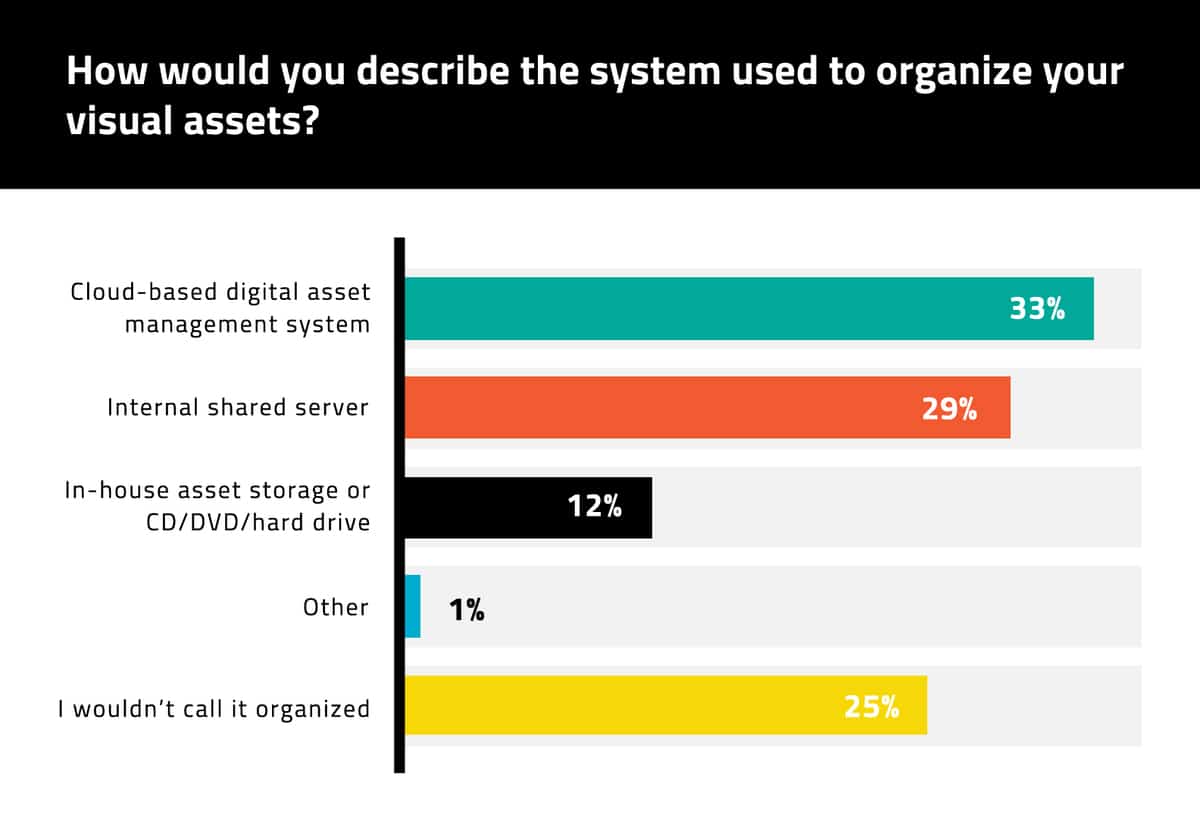 Interestingly, many of the participants who wouldn’t call their system organize also cite social media as the number one use-case for their photos and videos. This trend suggests organizations produce content for visually focused social media platforms but don’t necessarily have a good system in place to easily find and share that content.
Interestingly, many of the participants who wouldn’t call their system organize also cite social media as the number one use-case for their photos and videos. This trend suggests organizations produce content for visually focused social media platforms but don’t necessarily have a good system in place to easily find and share that content.
We then wanted to know compared to previous years, how important speed is when looking for visual content. 63% said “more important.” See here:
When we looked closely at the 63% who said that finding visual assets quickly is “more important” today compared to previous years, we found that the top industries represented were marketing (23%), education (15%), media, (9%), and non-profit (8%).
When it comes to locating visual assets quickly, we were also curious if marketing teams have a good system in place for tagging and organizing visual assets (with metadata, keywords, etc) to help find content faster. Most do not.
Of those who answered “No,” 58% also said speed is “important” or “very important” when looking for an asset for marketing purposes.
The takeaway? Although speed in locating assets is a priority, many creative professionals still don’t have a metadata or tagging system in place to make it easier to find assets quickly.
And although a large segment do not have a method for tagging their visual assets, most participants do understand that captions, title text, etc. can help improve the SEO of their visual assets. When we asked: Do you add captions, alt text, and title text to improve the SEO of your visual assets? 69% said “Yes.” It would be really interesting to find out what percentage of that 69% actually used a marketing agency to help them optimise their content because it can be a relatively tricky task to complete to a high level. This is why most small businesses or individuals opt to use an agency for support unless they are already knowledgeable within SEO.
Next, we wanted to find a benchmark for the timeline of the average creative process, and we asked how long it takes to create and publish content from start to finish. So we asked this:
While most participants say they can produce, approve, and share an asset in fewer than seven days, 39% still take over a week to get something out the door. 30% of those who take longer than a week cite “movement between visual content creators, marketers and other stakeholders” as the biggest obstacle in sharing content with their audiences. Clearly, bottleneck is a problem.
We then asked about the tools marketers are using to create and edit visual content. Participants were asked to choose all that apply. Here are the top 5 responses:
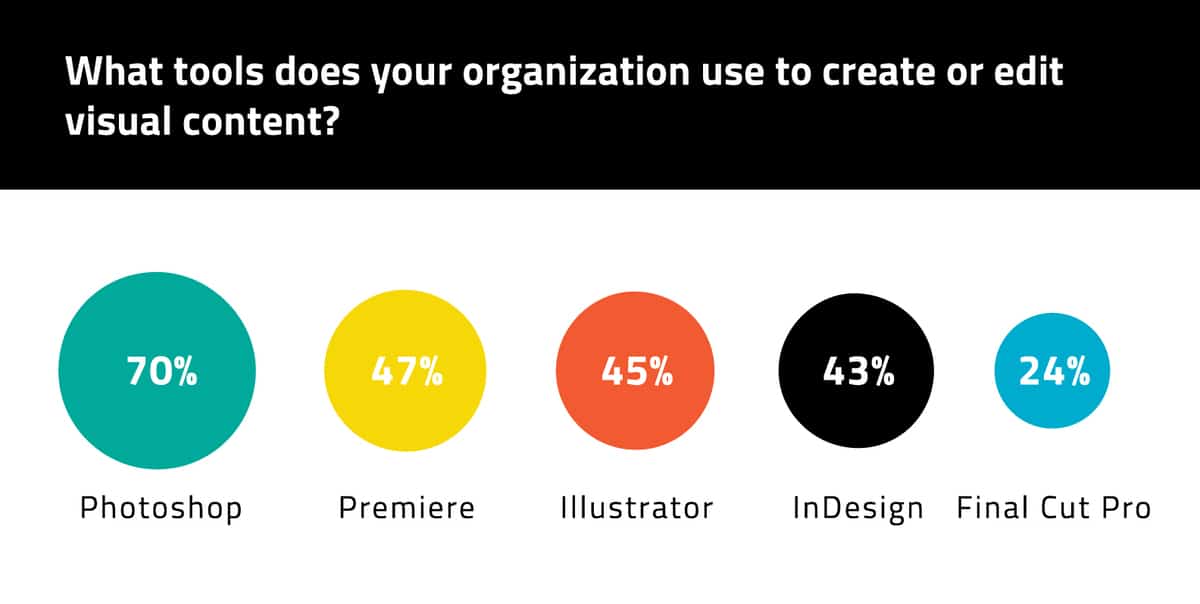 It’s interesting to note that the top responses are all paid software services, indicating that companies are investing in fairly advanced tools to create and edit visual content.
It’s interesting to note that the top responses are all paid software services, indicating that companies are investing in fairly advanced tools to create and edit visual content.
We were also curious about which types of visual content is the most difficult to make. Here’s what we discovered:
We learned earlier in the report that 69% of participants said their need for video is increasing. Here, we discover that 81% say video (either custom or live) is the hardest content to create.
The takeaway? The need for video is growing, but producing this content presents the biggest challenge.
To figure out the root of these challenges, we also asked a few follow up questions about the participants’ teams, including how many people are tasked with creating visual content.
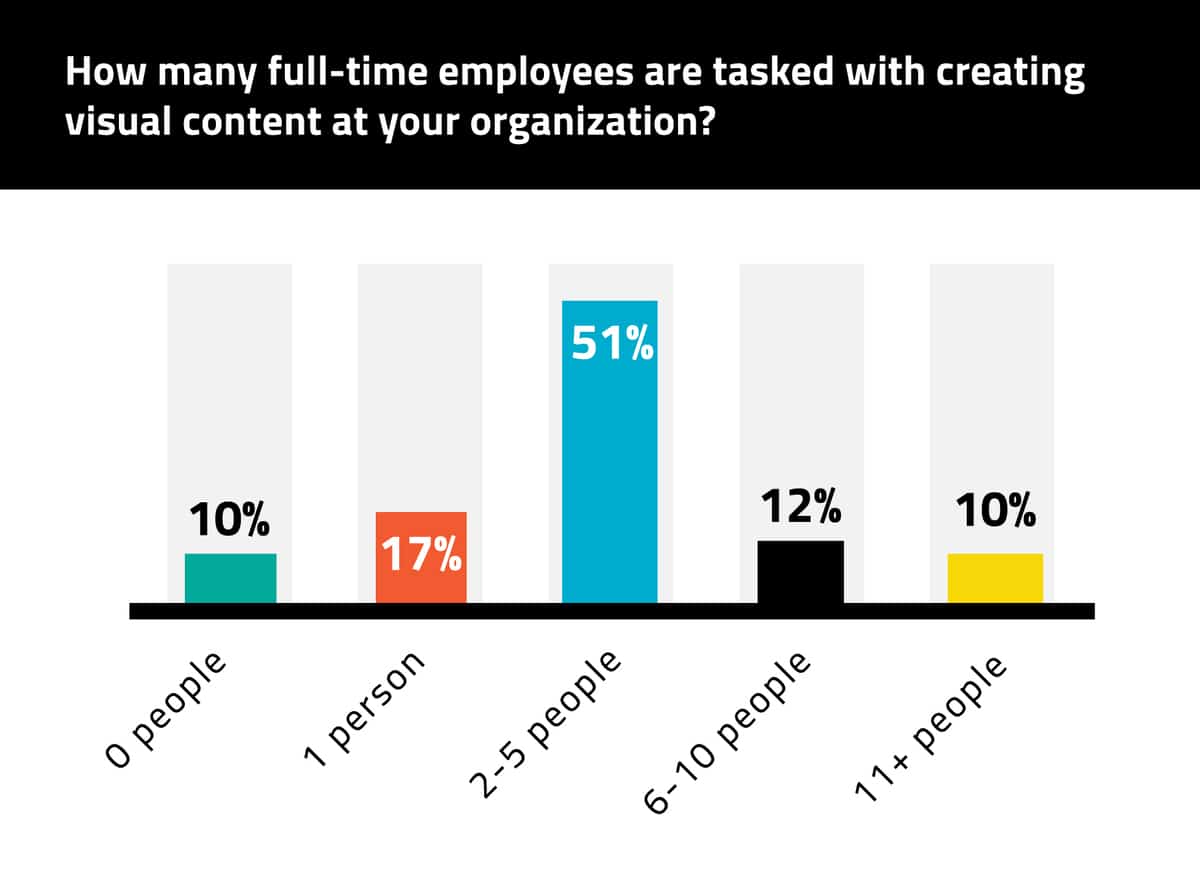 To learn more about how marketers and creative professionals are navigating the growing need for visual storytelling today, check out the 2018 Report: Engaging Your Audience with Visual Content.
To learn more about how marketers and creative professionals are navigating the growing need for visual storytelling today, check out the 2018 Report: Engaging Your Audience with Visual Content.
